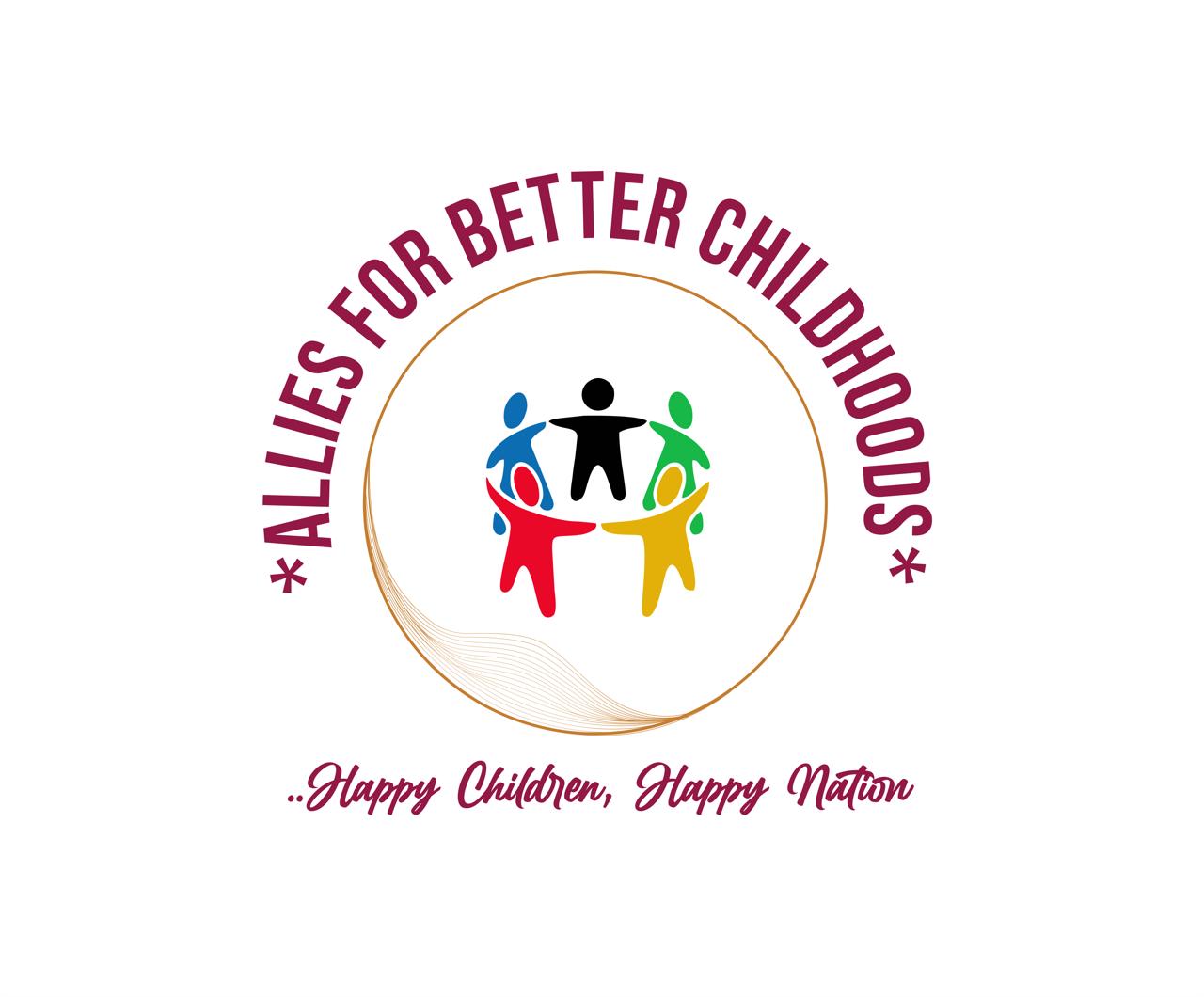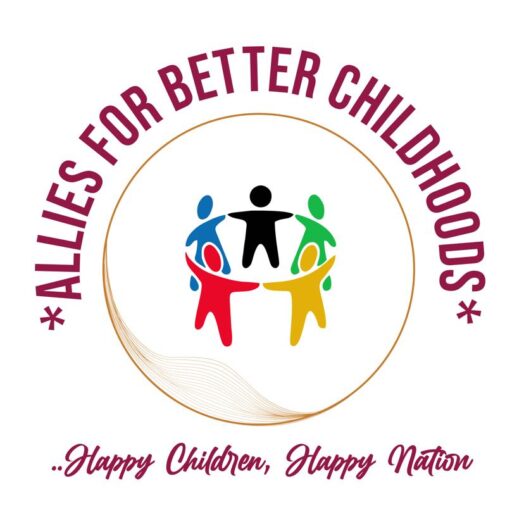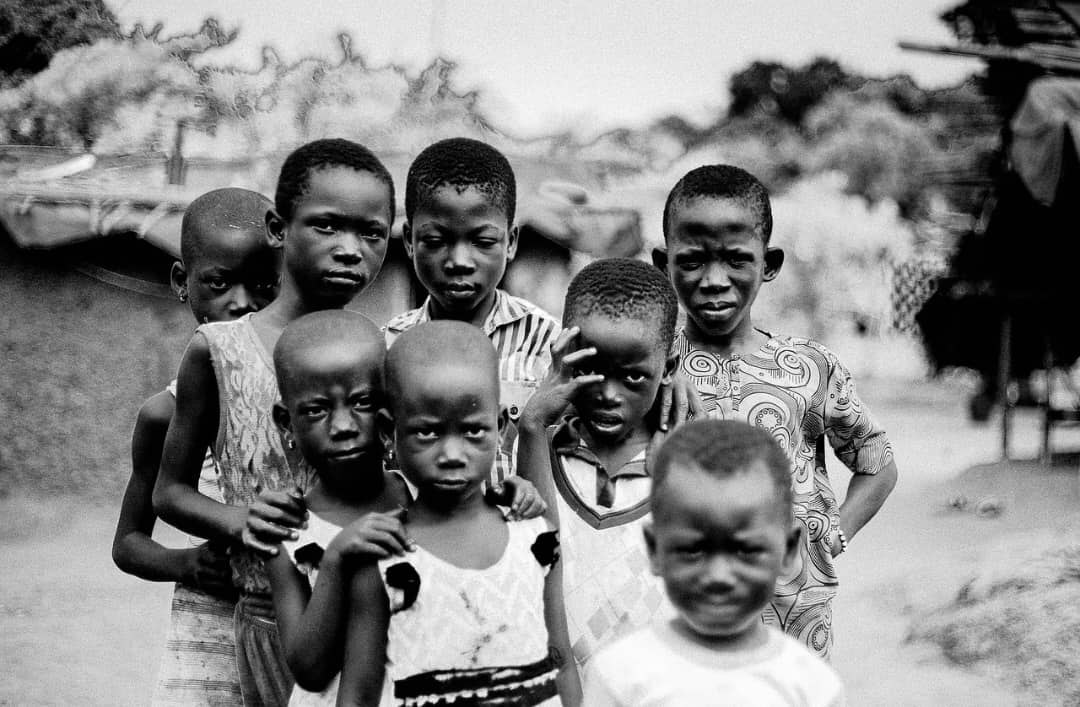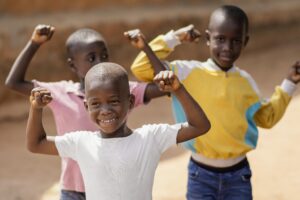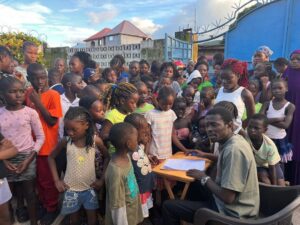Child abuse is a pervasive and multifaceted issue that affects millions of children globally, and Africa is no exception.
In countries like Sierra Leone and Nigeria, various forms of child abuse, including physical, emotional, sexual abuse, and neglect, bring about profound and lasting effects on affected individuals as well as society as a whole.
Overview of Child Abuse in Sierra Leone and Nigeria
Sierra Leone:
Sierra Leone has experienced significant challenges in addressing child abuse, exacerbated by a history of civil war, poverty, and social instability.
The aftermath of the civil war (1991-2002), which devastated many families and communities, created an environment where child abuse became prevalent.
Factors contributing to child abuse in Sierra Leone include cultural practices, economic hardship, lack of education, and inadequate law enforcement.
Nigeria:
In Nigeria, child abuse also manifests in various forms, including domestic violence, child labor, sexual exploitation, and trafficking. Cultural norms, such as the practice of “disciplining” children physically, often normalize abuse.
Additionally, the country’s diverse cultures and traditions can influence attitudes toward child rights, sometimes hindering effective intervention and protection efforts.
Effects of Child Abuse
1. Psychological Impact
Both Sierra Leone and Nigeria have witnessed significant psychological effects on victims of child abuse, including:
Mental Health Issues: Children who experience abuse are at a higher risk of developing mental health issues such as anxiety, depression, and post-traumatic stress disorder (PTSD). These conditions can persist into adulthood.
Low Self-Esteem: Abused children often suffer from low self-worth and feelings of unworthiness, which can hinder their educational and social development.
Behavioral Problems: Exposure to abuse can lead to increased aggression, withdrawal, and other behavioral issues, impacting their relationships with peers and adults.
2. Physical Effects
The physical repercussions of child abuse can be immediate and long-lasting:
Injuries and Trauma: Victims of physical abuse can suffer serious injuries that require medical attention. In some cases, these injuries may result in lifelong disabilities.
Neglect and Malnutrition: Emotional and physical neglect can lead to malnutrition and associated health problems, weakening the child’s immune system and growth potential.
3. Educational Consequences
Child abuse can severely affect the educational prospects of young victims:
School Dropout: Abused children may struggle to concentrate on their studies, leading to poor performance and increased school dropout rates.
Limited Cognitive Development: Experiencing trauma during formative years can hinder cognitive development and hinder the ability to learn and retain information.
4. Social Impact
The societal ramifications of child abuse are profound, perpetuating a cycle of violence and poverty:
Intergenerational Violence: Children who experience abuse are more likely to become abusers themselves, perpetuating a cycle of violence within families and communities.
Community Cohesion: High rates of child abuse can fracture community ties, as families become distrustful and social unrest increases, leading to a heightened sense of fear and division.
5. Economic Impact
Child abuse also has extensive economic implications:
Healthcare Costs: Treating the physical and mental health conditions resulting from child abuse creates a significant burden on healthcare systems.
Loss of Productivity: Children who experience abuse may struggle to become productive adults, leading to higher unemployment rates and economic instability in the community.
Addressing Child Abuse
Efforts to combat child abuse in Sierra Leone and Nigeria require a multi-faceted approach:
Legislative Framework: Strengthening laws and policies protecting children and ensuring their enforcement is critical. Both countries have ratified international agreements like the Convention on the Rights of the Child, but domestic implementation often lacks rigor.
Education and Awareness: Raising awareness about the rights of children and the long-term effects of abuse is essential. Educational programs can empower communities to recognize and report abuse.
Community Support Programs: Establishing support networks for families and victims can provide resources for those affected by abuse. These programs can facilitate counseling, legal assistance, and rehabilitation services.
Collaboration with NGOs: Collaborative efforts between governments and non-governmental organizations (NGOs) can enhance resources and reach, allowing for more effective intervention strategies.
Conclusion
Child abuse in Sierra Leone and Nigeria is a critical issue with devastating effects on individual victims, families, and communities. Understanding these effects is essential for developing effective intervention strategies and promoting a culture of respect for children’s rights. Addressing the root causes requires a concerted effort involving governments, NGOs, communities, and families to create safer environments for children to grow and thrive.
